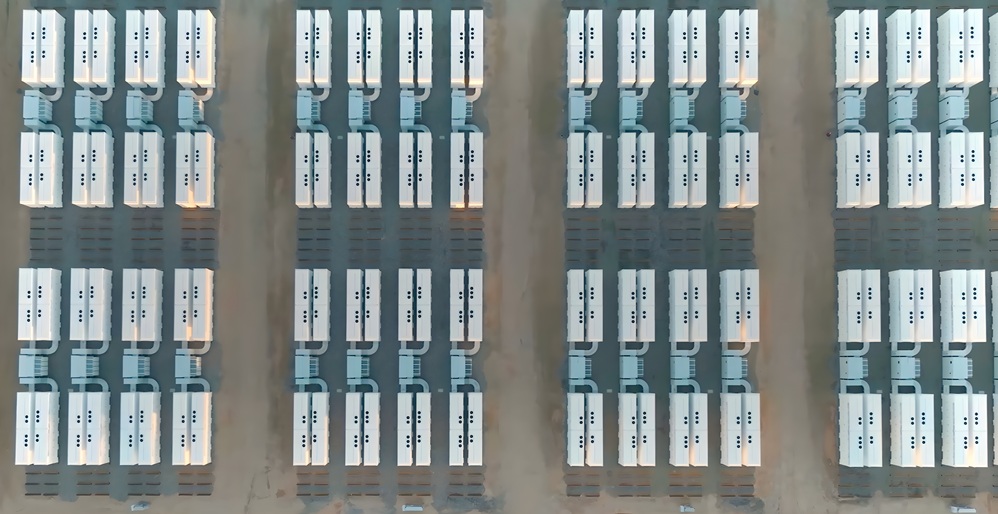Drax acquires three battery energy storage sites in £157.2m deal

Energy company Drax has acquired battery energy storage sites near the village of Neilston in East Renfrewshire and in East Kilbride.
The sites form part of a £157.2 million deal with Apatura that also takes in a facility south of the Border, at Marfleet in Hull.
When fully commissioned, the three projects will provide capacity totalling 260 megawatts.
Drax will pay a fixed amount of £157.2m in staged payments between this year and 2028, “reflecting construction milestones and including payments to Apatura linked to their delivery of the projects”.
Completion of the acquisition of the first two projects is expected to occur this year, with completion of the third project expected in early 2026.
Apatura is a UK-based renewable energy developer founded in 2014 and is responsible for Scotland’s largest energy storage pipeline, with 10 gigawatts of renewable energy capacity in development.
Construction on all three sites is expected to commence in 2026, with the first site operational in 2027. Apatura will manage the development of the projects and bear the majority of the construction risk (cost and delay), reflected in the fixed cash consideration and contractual protections.
Linked to the transaction, Drax has agreed the option of a right of first offer over a further eight sites (289MW) being developed by Apatura, creating optionality for the continued development of the FlexGen portfolio.
Will Gardiner, Drax Group chief executive, said: “This acquisition is our first investment in short duration storage as part of our Flexgen portfolio, supporting UK energy security and a clean power system.
“We are looking forward to working with Apatura on the development of battery storage, which when commissioned will allow us to provide even more secure power to the country when it is needed.
“In combination with our long duration energy storage, flexible generation and renewable generation from biomass, we will be able to provide 4.4GW of dispatchable generation to meet demand.
“As the UK’s network increases its reliance on intermittent renewables, more dispatchable and reliable generation will be required to help keep the lights on when the wind isn’t blowing or the sun isn’t shining.”















